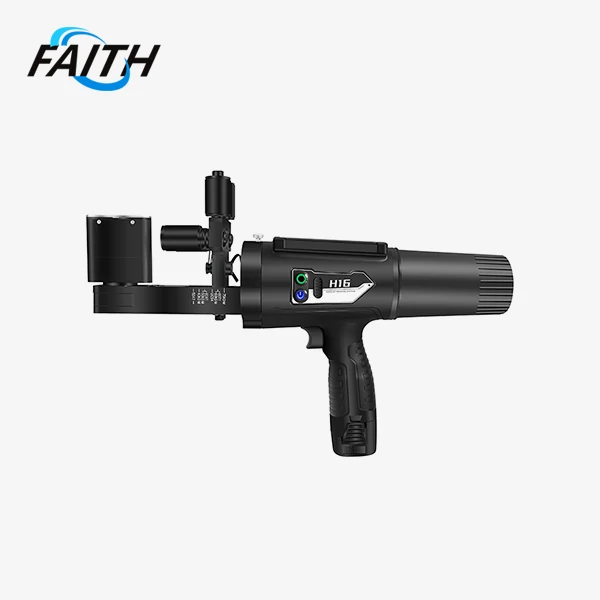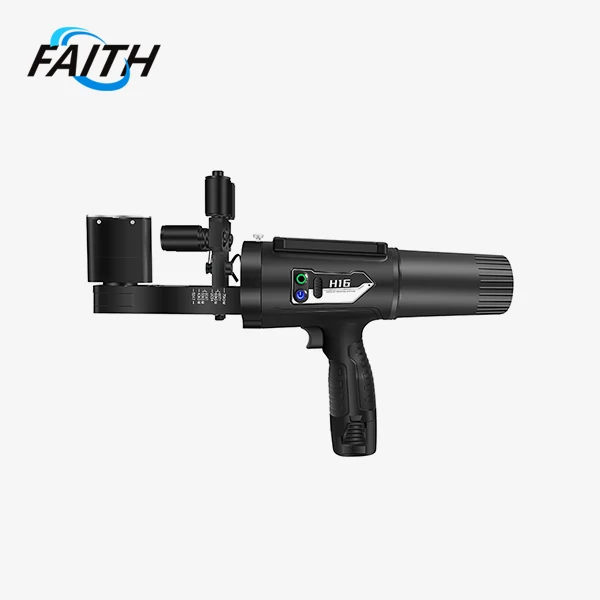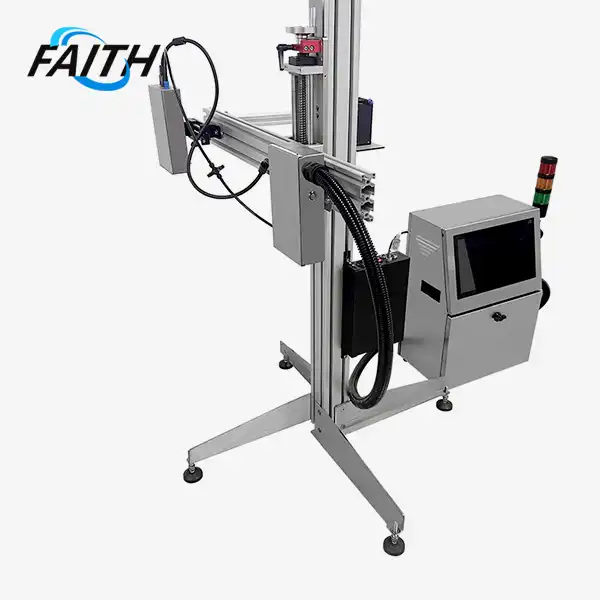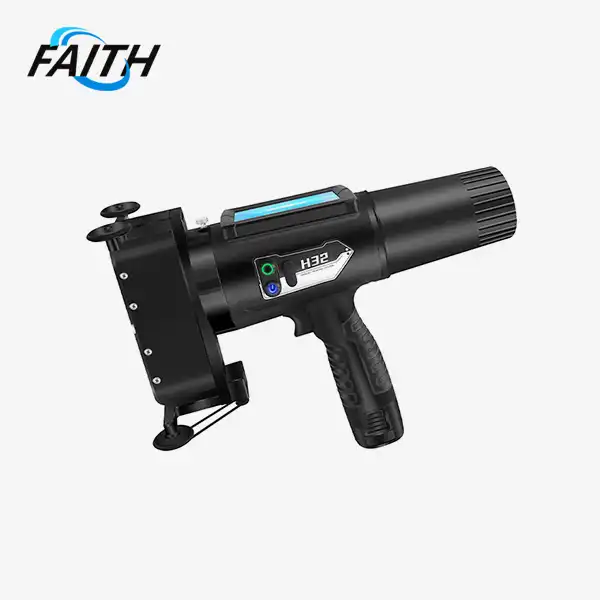What to Look for When Buying an Automatic CIJ Printer?
In today's fast-paced manufacturing world, choosing the right automatic CIJ printer can make a significant difference in your production efficiency and product quality. Continuous Inkjet (CIJ) technology has become a cornerstone in various industries, from food and beverage to pharmaceuticals and electronics. This guide will help you navigate the essential factors to consider when investing in an automatic CIJ printer, ensuring you make an informed decision that aligns with your specific needs.
Understanding the Fundamentals of Automatic CIJ Printers
Automatic CIJ printers are marvels of modern engineering, capable of printing high-quality codes on a vast array of materials at lightning-fast speeds. The technology behind these machines is both sophisticated and elegant. At its core, an automatic CIJ printer works by propelling tiny ink droplets through an electrostatic field, allowing for precise control and placement of each dot that forms your desired code or message.
The versatility of CIJ technology is unparalleled. Whether you're printing on plastic bottles, glass jars, metal cans, or even curved surfaces, an automatic CIJ printer can handle the task with remarkable consistency. This adaptability makes it an ideal choice for industries with diverse packaging needs or those looking to future-proof their coding operations.
One of the key advantages of automatic CIJ printers is their non-contact printing method. This means the printhead never touches the product surface, allowing for high-speed printing without the risk of smudging or damaging delicate packaging. For industries where product integrity is paramount, such as pharmaceuticals or cosmetics, this feature is invaluable.
Key Features to Evaluate in an Automatic CIJ Printer
When evaluating automatic CIJ printers, several crucial features deserve your attention. These factors can significantly impact your operational efficiency, print quality, and long-term satisfaction with your investment.
Print Quality and Resolution: The clarity and legibility of your printed codes are paramount. Look for printers that offer high-resolution capabilities, typically measured in dots per inch (DPI). A higher DPI translates to crisper, more detailed prints, which is especially important for small text or intricate logos.
Print Speed: In high-volume production environments, every second counts. Evaluate the printer's maximum line speed and ensure it can keep pace with your production line without compromising print quality. Some advanced models can print up to 1,000 feet per minute, making them suitable for even the most demanding production schedules.
Ink Options and Compatibility: Different substrates and environmental conditions require specific ink formulations. Ensure the printer you choose is compatible with a wide range of inks, including fast-drying options for non-porous surfaces, UV-resistant inks for products exposed to sunlight, and food-grade inks for consumable packaging.
User Interface and Ease of Operation: An intuitive user interface can significantly reduce training time and minimize operator errors. Look for printers with clear, easy-to-navigate touchscreens and user-friendly software for creating and managing print jobs.
Maintenance Requirements: Regular maintenance is essential for optimal performance, but it shouldn't be overly complex or time-consuming. Seek out printers designed with easy-access panels for quick cleaning and component replacement. Some advanced models even feature self-cleaning systems that can extend the intervals between manual maintenance sessions.
Environmental Adaptability: Manufacturing environments can vary widely in terms of temperature, humidity, and dust levels. Choose a printer that can withstand your specific environmental conditions without compromising performance. This may include features like IP65-rated enclosures for dusty or wet environments.
Connectivity and Integration: In today's interconnected production environments, your CIJ printer should seamlessly integrate with your existing systems. Look for printers that offer robust connectivity options, including Ethernet, USB, and wireless capabilities. The ability to integrate with ERP systems or production line controls can streamline your operations and reduce the potential for human error in code selection.
Advanced Features for Enhanced Performance and Efficiency
As technology evolves, automatic CIJ printers are incorporating increasingly sophisticated features that can provide significant advantages in certain applications. While not all of these may be necessary for every user, they're worth considering if they align with your specific needs.
Automatic Viscosity Control: This feature continuously monitors and adjusts ink viscosity, ensuring consistent print quality regardless of changes in ambient temperature or humidity. It can be particularly valuable in environments with fluctuating conditions or for operations that run around the clock.
Remote Diagnostics and Monitoring: Some advanced printers offer remote monitoring capabilities, allowing technicians to diagnose issues and even perform some maintenance tasks without being physically present. This can dramatically reduce downtime and maintenance costs, especially for facilities in remote locations.
Multi-line Printing Capabilities: If your coding needs are complex, look for printers that can handle multiple lines of text or combine text with logos or barcodes in a single pass. This versatility can be crucial for applications requiring detailed product information or traceability codes.
Dynamic Code Generation: For applications requiring unique codes for each product (such as serialization in pharmaceuticals), look for printers that can generate and print dynamic codes in real-time. This capability is becoming increasingly important as regulations around product traceability become more stringent.
Low Solvent Consumption: Ink and solvent costs can add up over time. Some modern automatic CIJ printer are designed to minimize solvent evaporation and optimize ink usage, leading to significant savings in consumables over the life of the printer.
Eco-friendly Options: As sustainability becomes an increasingly important consideration, some manufacturers are offering CIJ printers designed to reduce environmental impact. This might include features like energy-efficient components, recyclable ink cartridges, or the use of eco-friendly ink formulations.
Conclusion
Selecting the right automatic CIJ printer is a decision that can have long-lasting impacts on your production efficiency, product quality, and bottom line. By carefully evaluating the features and capabilities outlined in this guide, you'll be well-equipped to choose a printer that not only meets your current needs but can also adapt to future challenges and opportunities.
If you're looking for expert guidance on selecting the perfect automatic CIJ printer for your needs, or if you have any questions about industrial UV inkjet coding and traceability system solutions, we're here to help. Contact us at sale01@sy-faith.com to discuss your specific requirements and discover how our innovative solutions can enhance your production line.
References
1. Matthews, J. (2019). Continuous Inkjet Printing: Technology and Applications. Journal of Industrial Printing Technology, 42(3), 215-229.
2. Smith, A. R., & Johnson, L. K. (2020). Advancements in Automatic CIJ Printers for Manufacturing Environments. International Journal of Production Research, 58(11), 3342-3356.
3. Brown, E. T. (2018). Evaluating CIJ Printer Performance: A Comprehensive Guide for Industry Professionals. Industrial Coding and Marking Systems, 5th Edition. Wiley & Sons.
4. Chen, H., & Liu, Y. (2021). Sustainability in Industrial Printing: An Analysis of Eco-Friendly CIJ Technologies. Sustainable Production and Consumption, 26, 588-601.
5. Patel, R. K., & Williams, S. D. (2017). The Impact of Automatic CIJ Printers on Production Line Efficiency: A Case Study Approach. Journal of Manufacturing Technology Management, 28(7), 917-935.
Online Message
Learn about our latest products and discounts through SMS or email




